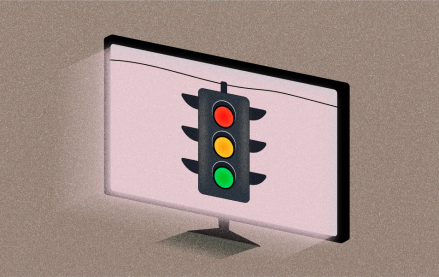
There are pretty much two winners currently in media: TV and Internet advertising. Those are the only two reliable growth areas in an ad market that’s slumped substantially in the last five years.
Magna Global released its global ad spending forecast today reinforcing the power of TV and the Web. Internet ad spending is forecast to expand 10.9 percent in 2012 with TV spending up 6.8 percent. The Internet is continuing to take share from withering traditional media channels print and directories. The newspaper industry is still searching for bottom, with another 6 percent decline forecast for this year on top of a 9.8 percent decrease in 2011. Directory spending has also been slashed. The category should contract 19.1 percent this year, according to Magna, adding to the 20.1 percent it decreased in 2011.
Overall, ad spending is expected to rise 3.7 percent in 2012, an expansion due in large part to the injections of spending from the presidential election and Olympics falling in 2012. Those years are always a bonanza for the ad industry. Without the twin big events, ad spending expansion would sit at 2 percent in 2012, a slowdown from the 4.5 percent growth seen last year.
“The shift to digital away from some traditional media, especially newspapers, magazines and radio, is not a one-to-one shift,” said Vincent Letang, head of global forecasting at Magna. “There’s some evaporation in the process. Advertisers can reach their communication goals more efficiently in some cases. The overall pie doesn’t grow as much in the digital age with this evaporation effect.”
That “evaporation effect” clouds a rosy short-term picture for digital media. It raises the question of how long it can rely on growth coming at the expense of weakened direct response categories like directories and a newspaper industry seemingly in free fall. Letang estimates the two categories will continue to lose share for at least the next five years before bottoming out. The Web has certainly done little to dent the primacy of TV. It is growing at a slower rate from the Web, but it boasts a base twice as large.
“TV is also taking money from the other traditional media categories,” Letang noted. “It’s keeping or slightly increasing its share. TV is still a healthy medium in terms of audience and viewing trends.”
The Internet itself has winners and losers, of course. Paid search, already half the market, is due to fare well, expanding 12.6 percent. The two major growth areas forecast are mobile (up 44.2 percent) and online video (22.4 percent).
More in Media

What publishers are wishing for this holiday season: End AI scraping and determine AI-powered audience value
Publishers want a fair, structured, regulated AI environment and they also want to define what the next decade of audience metrics looks like.

Media giant Essence launches a marketplace for Black women-led brands
Essence has launched WeLoveUs.shop, a new online marketplace dedicated to Black women-led brands.

In Graphic Detail: The state of AI referral traffic in 2025
The stats reveal a new audience pipeline forming outside of traditional search and social platforms.





